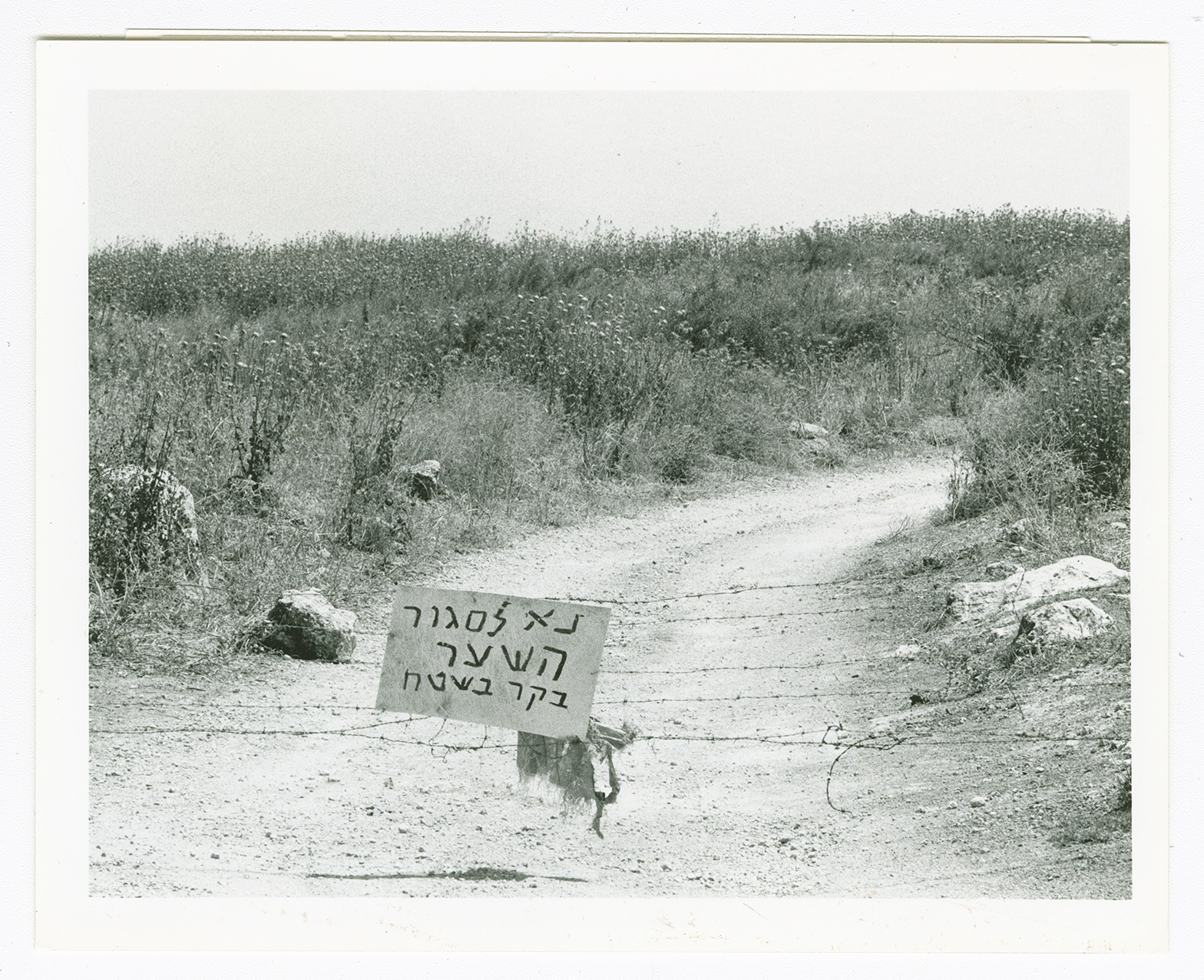| Year | Arab | Jews | Total |
|---|---|---|---|
| 1931 | 108 | ||
| 1944/45 | 150 | 50 | 200 |
| Year | Arab | Jewish | Public | Total |
|---|---|---|---|---|
| 1944/45 * | 4463 | 2604 | 3140 | 10207 |
| Use | Arab | Jewish | Public | Total | |||||||||||||||
|---|---|---|---|---|---|---|---|---|---|---|---|---|---|---|---|---|---|---|---|
*includes Irgun Borokhov **includes Irgun Borokhov |
81 | 1 | 2842 | 2924 (29%) | |||||||||||||||
*includes Irgun Borokhov **includes Irgun Borokhov |
4382 | 2603 | 298 | 7283 (71%) |
The village stood on the side of a gently sloping hill and overlooked the steep slopes of Wadi al-Bira, to the north and northeast, and flat areas to the west and southwest. A secondary road linked it to a highway that led to Samakh in the north and Baysan in the south. Similar roads and dirt paths also connected it to neighboring villages, as well as to the spring of Ayn al-Bayda, which was the inhabitants' main water source. A shrine (maqam) for a local religious figure, Shaykh Dhiyab, lay to the south of the village. The people of al-Tira were Muslims, and earned their livelihood chiefly from agriculture. In 1944/45 a total of 4,326 dunums was allocated to cereals; 56 dunums were irrigated or used for orchards. Khirbat al-Tira lay to the south of the village and, when excavated, revealed ancient ruins, including caves and cisterns.
The Jewish National Fund (JNF) decided to expel the people of al-Tira as early as 26 March 1948, when it organized a series of expulsions around the country in the weeks before the major military operations were launched. Israeli historian Benny Morris describes a meeting of JNF officials in which the director of the Lands Department, Yosef Weitz, argued that the inhabitants of al-Tira and nearby Qumya 'must be forced to leave' because they were 'not taking upon themselves the responsibility of preventing the infiltration of irregulars [i.e. Palestinian guerrillas].' But the decision was not implemented for almost three weeks. On 15 April the village was emptied 'after receiving 'friendly advice' from the Haganah,' according to Morris. (Morris also writes, inconsistently, that the villagers 'were ordered to leave by Arab irregular forces' over one month later, on 20 May.)
The settlement of Irgun Borokhov, founded in 1943, was close to the village site. On 10 September 1948, it was taken over by a different settler organization and renamed Kibbutz Gazit , and in late 1948 it absorbed the village of al-Tira. Gazit is 1.5 km southwest of the village site, on village land. Another settlement, Kefar Qish , was founded in 1946 on the lands of Ma'dhar, in Tiberias sub-disctrict. It is about 1 km northwest of the site of al-Tira.
The ruins of stone houses, covered with grass and thorns, are all that remain of al-Tira. The site is fenced in and serves Israeli farmers as pasture land. Cypress trees grow on surrounding land.

